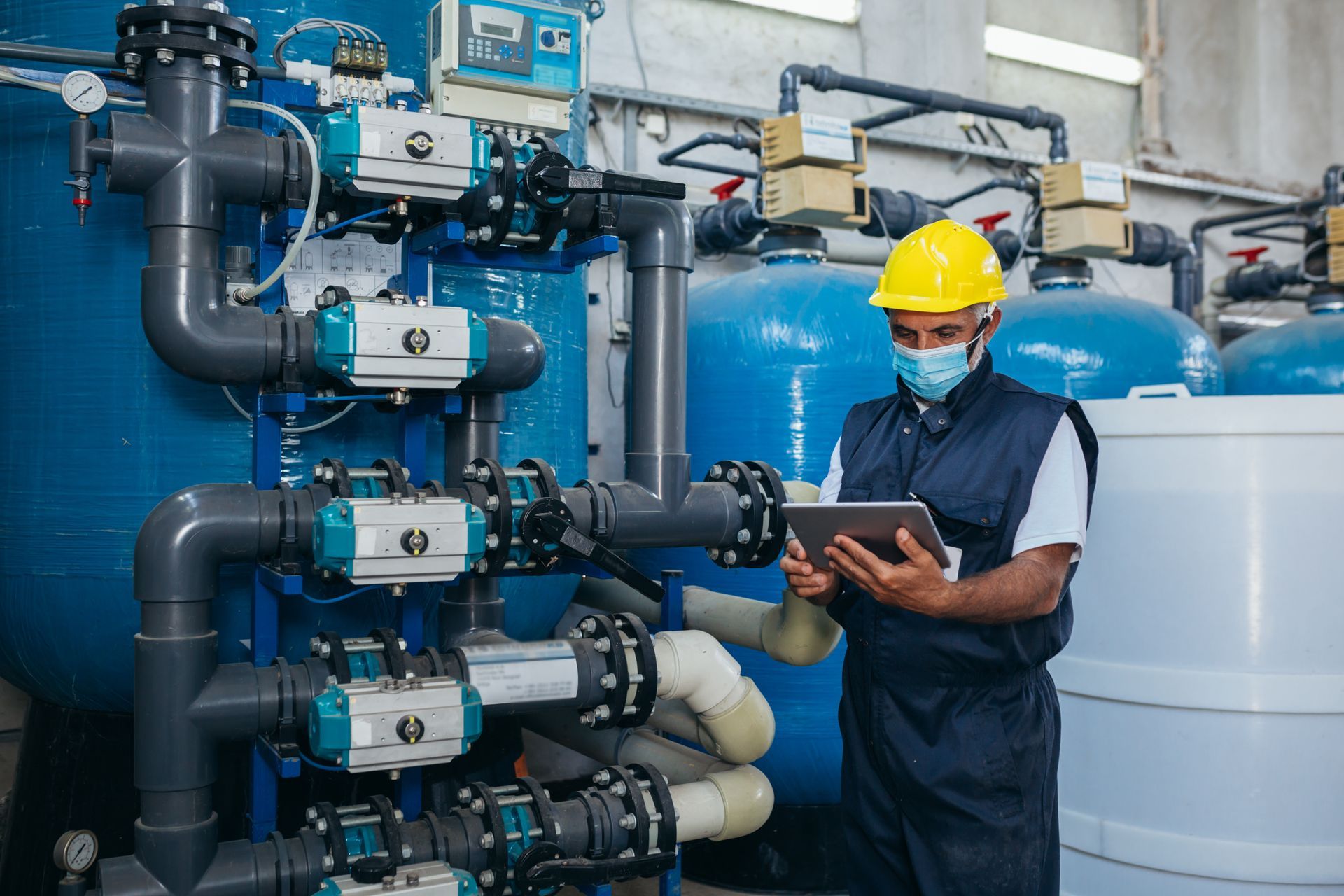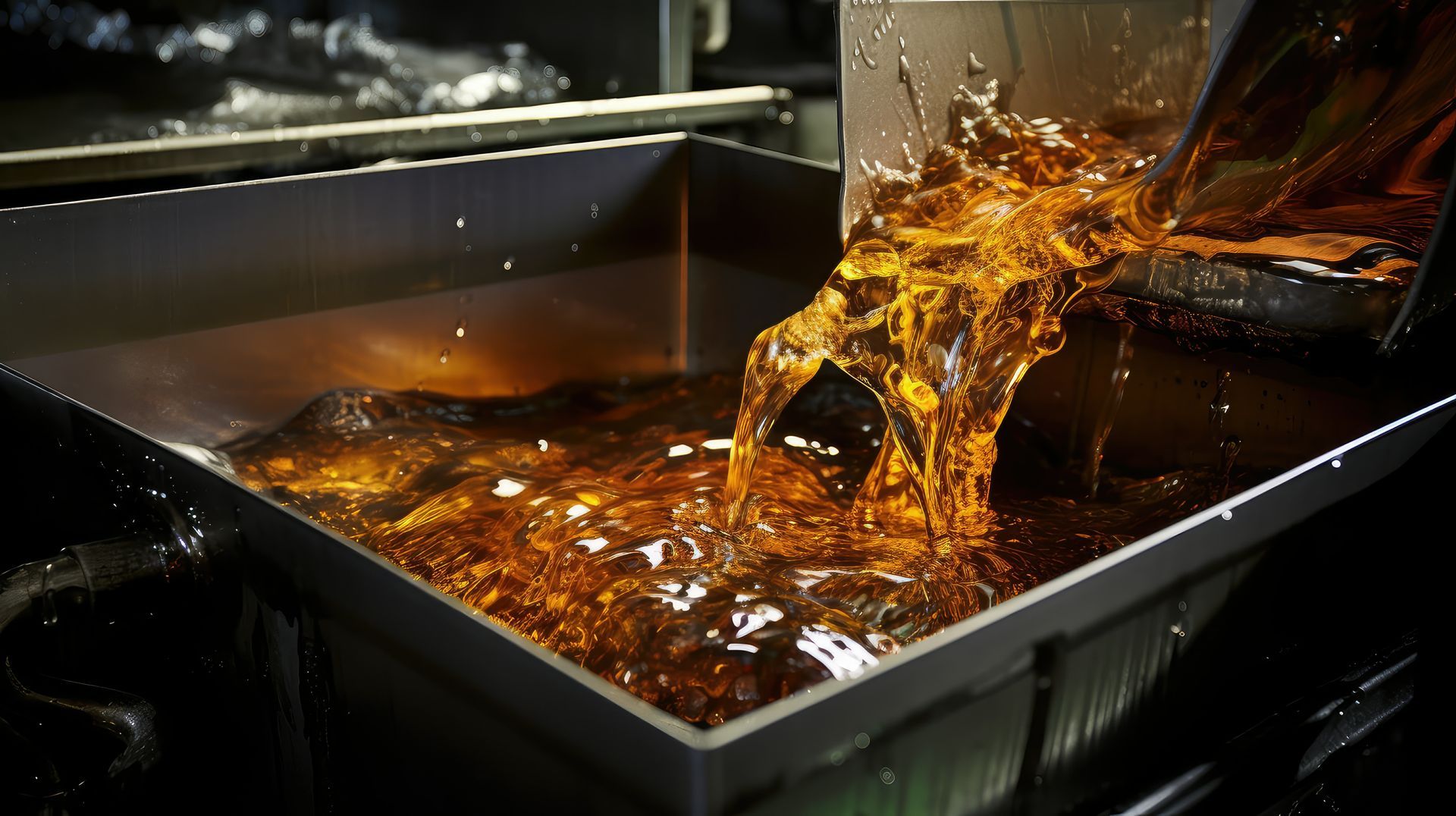Primary, Secondary and Tertiary Wastewater Treatments – What Sets Them Apart?

Wastewater treatment is a process designed to purify water before it is released back into the environment or reused. In order for this process to be carried out effectively it must go through three stages of treatment including primary, secondary and tertiary treatments.
Each of these stages plays an important role in getting rid of contaminants and making sure that the water people get in their homes and businesses is safe to use for everything from drinking and bathing to cooking and watering landscaping.
Primary Treatment
The first stage of wastewater treatment is the primary treatment. This treatment focuses on the physical process of removing large solids and any pollutants from wastewater.
During the primary treatment, large settling tanks are used and gravity allows heavier solids to settle at the bottom of these tanks which forms a sludge. Lighter materials like grease and oils float to the top and are then skimmed off.
This is the most physical aspect of wastewater treatment since it relies more on gravity and actual large waste collection compared to the more chemical and microscopic focus of the proceeding phases.
Secondary Treatment
The next form of treatment is the secondary treatment, which uses biological processes to break down organic matter in the water.
Healthy microorganisms are introduced through activated sludge processes, trickling filters or sequencing batch reactions. These microorganisms consume and digest harmful pollutants that are still present in the water after the primary treatment.
The pollutants are broken down into carbon dioxide, water and more bacterial cells. The main purpose of secondary treatment is to reduce the overall pollution in water and enhance its purification in a natural way that minimizes the use of potentially harmful chemicals.
Tertiary Treatment
The tertiary treatment is the final treatment stage of wastewater purification, and its purpose is to provide extra purification to remove any remaining contaminants in the wastewater.
Here are the three processes used during the tertiary treatment:
- Filtration: Filters out lingering particles.
- Chemical Coagulation: Clumps any impurities for easier removal.
- Chlorination: Removes pathogens to maintain strict water quality standards prior to release.
Overall, the tertiary treatment serves as the final step in delivering water that is sufficient for regulatory requirements and is considered safe for various uses.
Is Treated Wastewater Sent Directly to My Home?
No. Most municipalities release treated wastewater into local natural bodies of water. Municipal water providers then pull water from those natural bodies of water for treatment and delivery to homes and businesses. It is a large circle, but wastewater doesn’t go directly from the wastewater treatment plant into your pipes.
Advanced Treatment Technologies
Beyond primary, secondary and tertiary treatments, modern wastewater management also utilizes advanced treatment technologies for treated water. Advanced treatment technologies are not required, but they are often used to provide an extra layer of protection to remove any other possible contaminants.
Advanced Wastewater Treatment Methods
- Membrane Bioreactors (MBRs): MBRs combine biological treatment with membrane filtration. The membrane acts as a physical barrier and promotes the removal of suspended solids and pathogens.
- Advanced Oxidation Processes (AOPs): AOPs involve the use of powerful oxidants like ozone, hydrogen peroxide or ultraviolet light to break down persistent organic pollutants that may withstand other conventional treatments.
- Reverse Osmosis (RO): RO is a membrane-based technology that removes dissolved salts and other contaminants from water. This technology is often used in water reclamation and makes sure that all contaminants are completely removed.
- Nutrient Removal Technologies: These technologies remove any excess nutrients in water like nitrogen and phosphorus. This process also addresses environmental concerns like eutrophication, which causes an excess of plants and microorganisms in the bodies of water where treated wastewater is released.
While primary, secondary and tertiary treatments stand as the main treatments for wastewater purification, incorporating advanced technologies ensures that water treatment remains adaptable and effective in addressing other more serious emerging environmental challenges that other treatment methods fail to address or, in some cases, contribute to.
Get Top-Notch Grease Trap Cleaning Services in Georgia
Collecting wastewater during grease trap cleaning is an important part of what we do at Southern Green Industries. As a business that takes our responsibility to the environment seriously, we’re proud to operate our own highly effective and green wastewater treatment facilities.
If you are an Atlanta resident and want to play a role in keeping FOG out of the wastewater system, our team at Southern Green Industries is at your service. We strive to effectively prevent sewer clogs and backups through our thorough grease trap cleaning process.
To learn more about our services start by giving us a call today at (404) 419-6887 or visit us here on our website to receive a free quote.
Contact us Today for a FREE Quote
We are committed to making grease trap cleaning and fryer oil recycling as clean and easy as possible. If you’d like to learn more about our services or get a quote, give us a call at (404) 419-6887.



